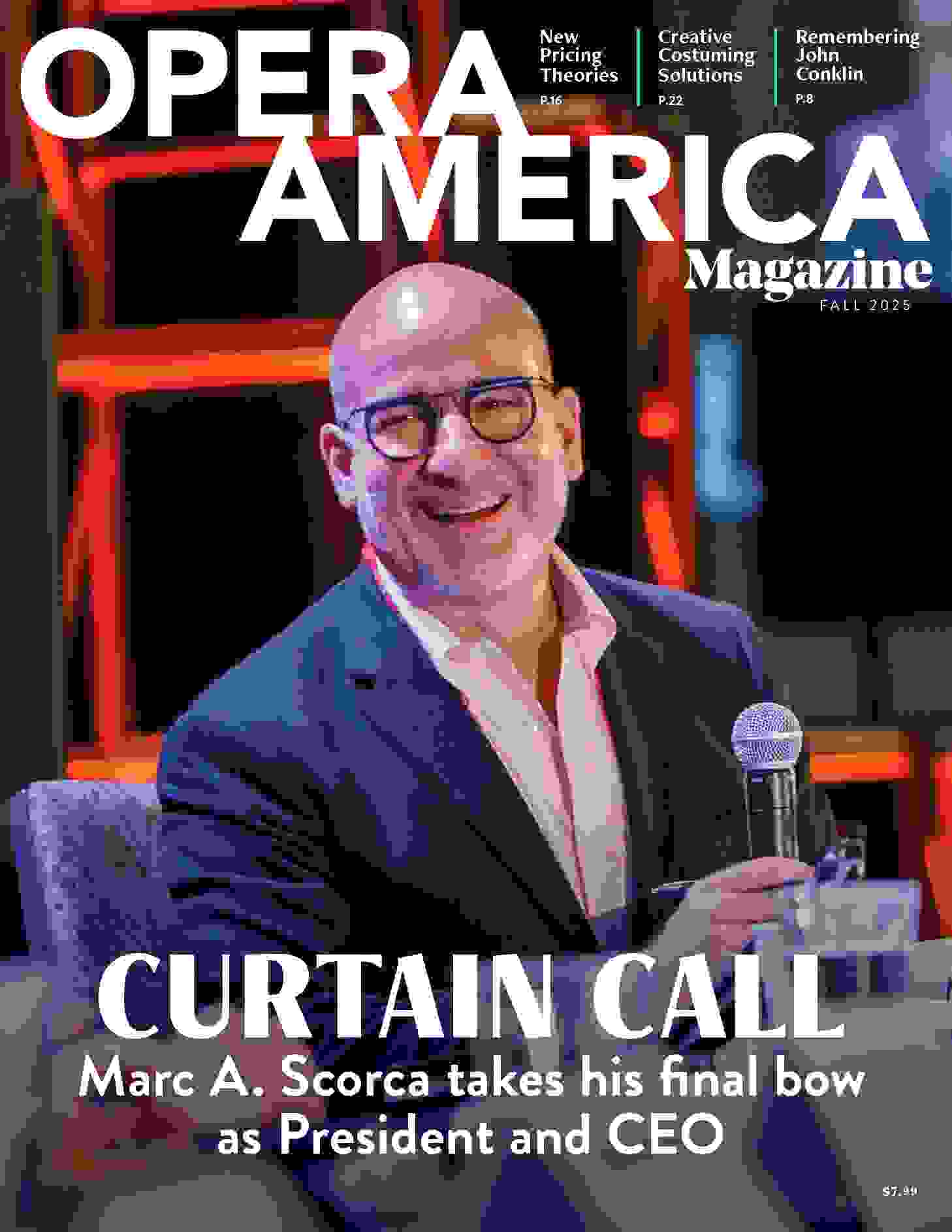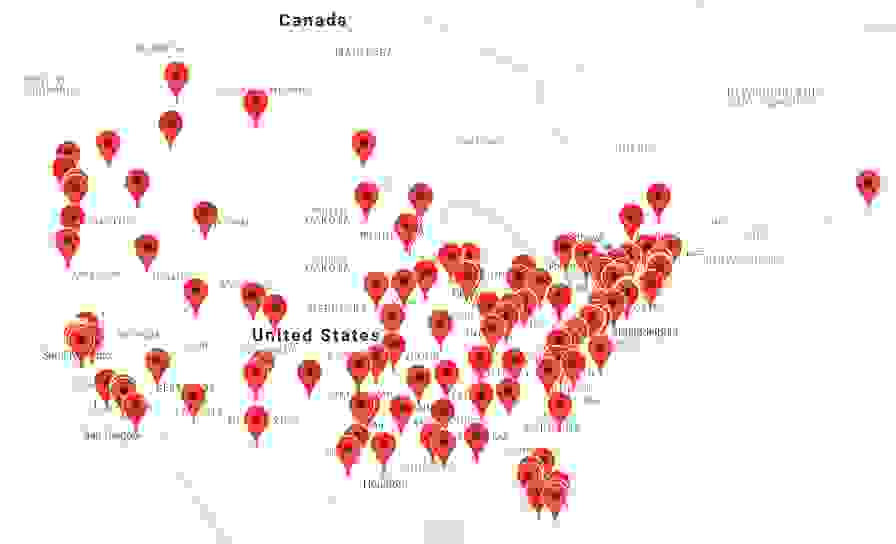World Opera Forum 2024 Topic I: What We Produce, How We Produce It, and For Whom
Through the 20th century and into the 21st, opera has been defined by a 19th-century European repertoire that extended Europe’s cultural sensibilities around the world, including some works that promote cultural stereotyping and depict the mistreatment of women. Some of these works have enduring musical importance but require careful consideration in light of contemporary sensibilities. At the same time, an increasing number of new works tell new stories in different styles that connect opera to life today. Composers and librettists entering the opera sphere are helping the art form evolve as a contemporary cultural expression. New collaborative, cooperative, and devised models of creation are expanding the creative diversity of the art form. Co-production among companies leverages resources and promotes sustainability. The incorporation of film, video, and other new technologies amplifies the scope of production design and composition. Technology also expands the reach of opera outside the walls of the opera house through live transmission, recordings, and work developed specifically for the screen. Enlarging the palette of opera increases the potential to attract new audiences, and while most companies report record-setting first-time attendance, many newcomers are not yet returning frequently. Some long-standing audiences are unenthusiastic about new works and new interpretations of their favorite operas. Many people have incorporated new forms and formats of entertainment and cultural consumption into their lives, intensifying competition for their time and attention. How can the intersection of the old and new enrich the entire opera experience? What is the right balance between stories with local impact and universal appeal? Can stewardship of the operatic inheritance and encouragement of new creation be woven into an appealing continuum? Should continuity be the goal, or is discontinuity the more appropriate path to progress?





